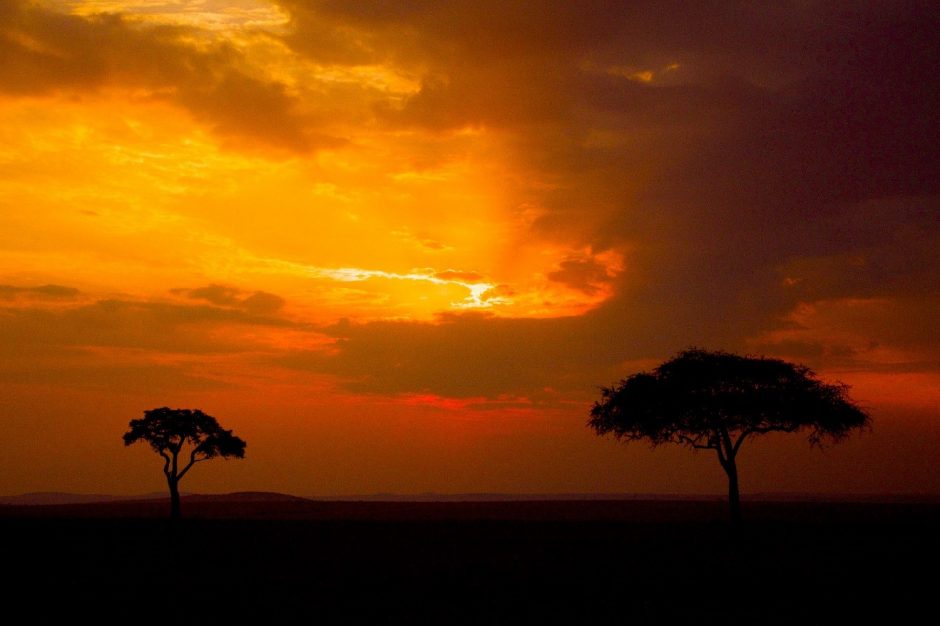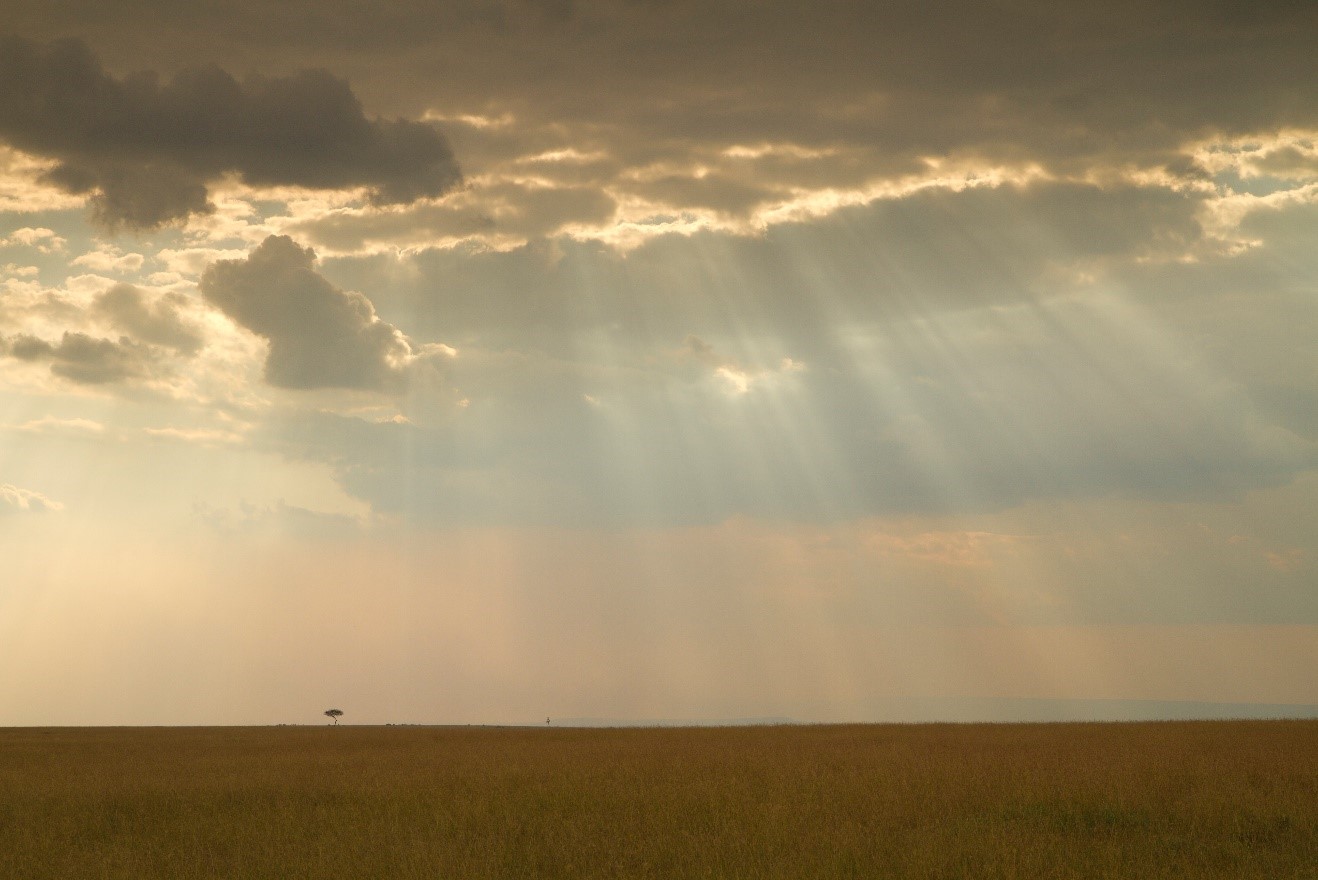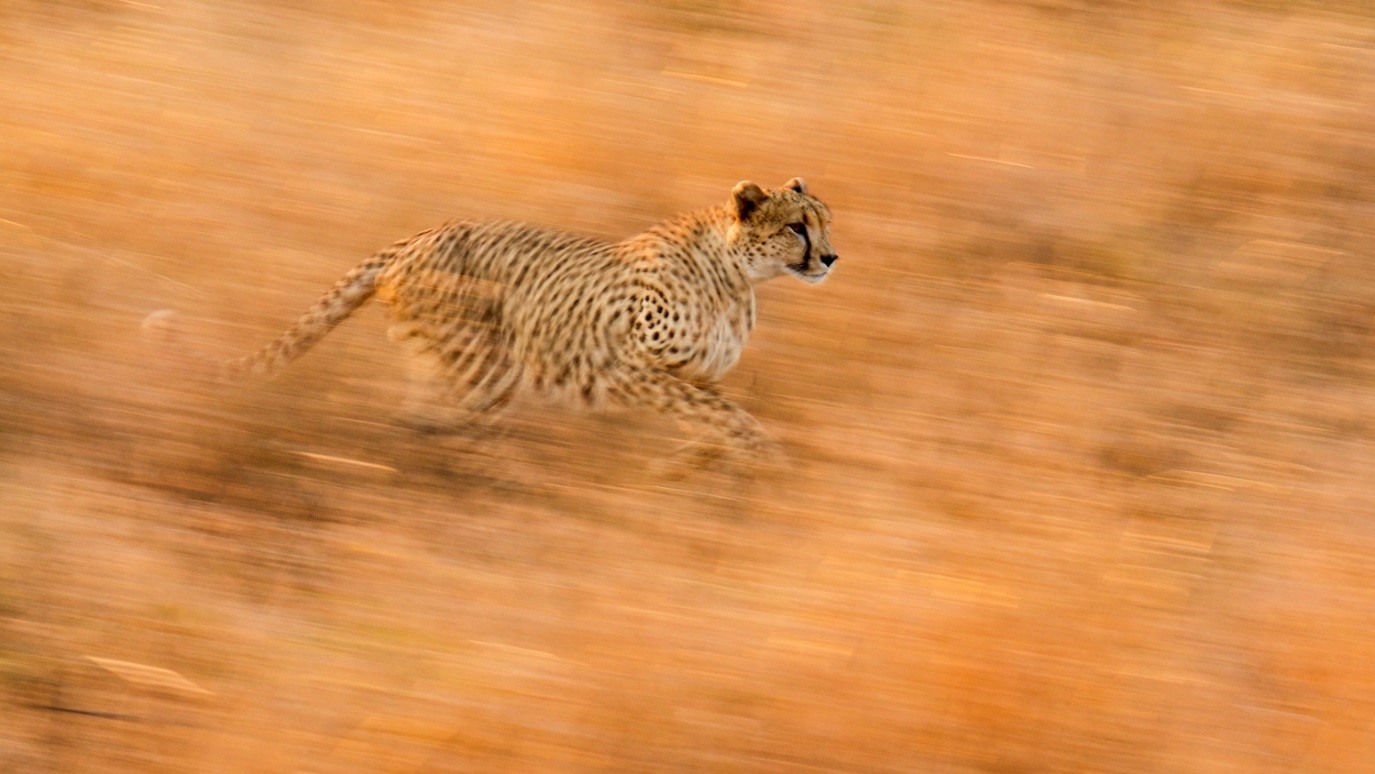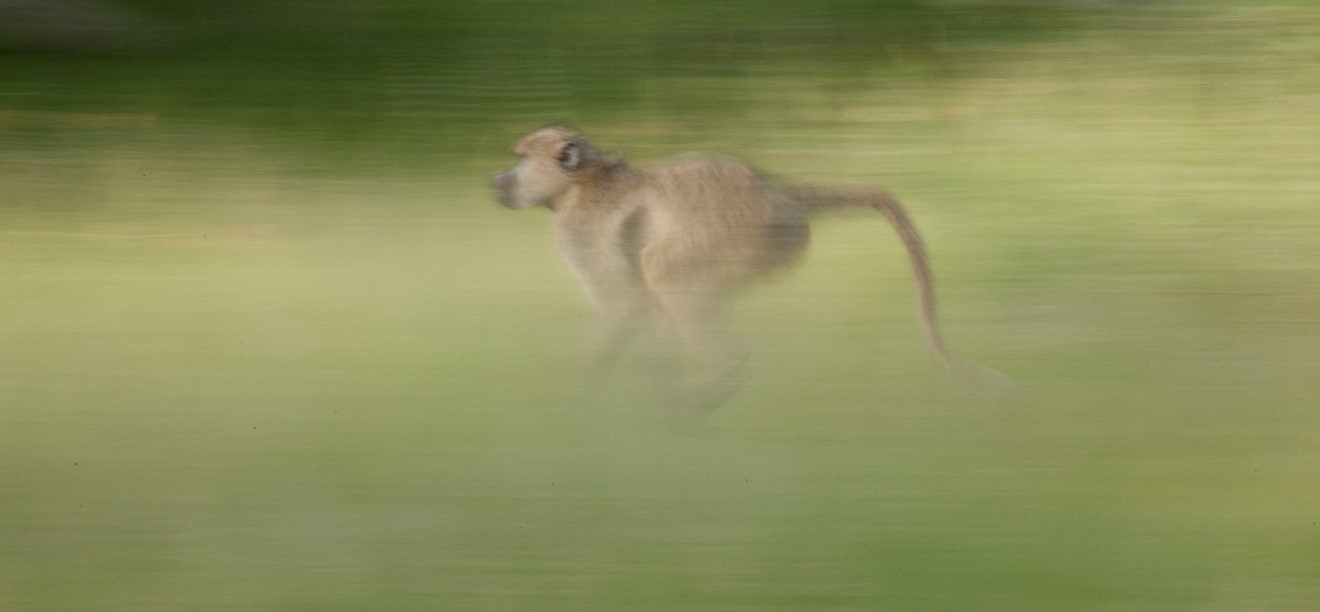
3 Tips for Photographing Kenya’s Maasai Mara
The Maasai Mara of Kenya, which turns into the Serengeti across the border into Tanzania, is perhaps one of the greatest places in Africa for spotting big wildlife. Not only does it host the “Great Migration” of 1.5 million wildebeest and 1 million zebra, but it also has terrific populations of giraffe, elephant, lion, leopard, and virtually every other species of plains game Africa has to offer. For the wildlife photographer, it doesn’t get much better.
If you’re headed to the Mara on a safari, be it a photography-centered one, or a traditional safari, be sure to think about these three tips when photographing and documenting the amazing stuff you’re about to see.

Use Zoom Compression to Photograph Big Landscapes
The vast expanses of the savanna ecosystem make it somewhat challenging to really showcase the dramatic scenery. And this is particularly pronounced at sunset and sunrise times, when acacia trees can get lost in the expanse. To abate this, take out your zoom telephoto, or zoom in on your iphone or camera to find trees in the distance and take a “compressed” landscape shot. This will make the sky bigger, clouds more dramatic, and as seen in the first photo of this article, the sun bigger as well. This is a common technique when photographing big landscapes, so if you’re not yet familiar with this skill, take a look at our article here on Zoom Compression Photography.
As you can see from the below photo, there is indeed a unique starkness and beauty in the expanse, but you’ll also see that without zooming into trees in the distance, they can really disappear from the scene.

Pay attention to your white balance settings
And tweak them when you need to!

White balance can be finicky. With “auto white balance”, or AWB as it’s sometimes labeled on cameras, your camera gets it right at least half the time…maybe more. But what that means is that it doesn’t get it right all the time. While you can change white balance when shooting RAW fairly easily, it still doesn’t replace the need to try and match what your eye sees in the moment to what your camera is actually capturing.
The photo above is a great example of a white balance that needed to be set to “cloudy” in order for the amazing golden color of the grass to come out. Of course it might seem obvious in retrospect, that a cloudy, stormy scene might benefit from a cloudy WB setting, but in the moment it might not be real obvious or you may just be so in the moment that you don’t think about it. Just remember that for scenes with interesting lighting, you should try and experiment with your camera’s white balance for maximum effect.
Experiment with different shutter speeds

The first thing most people think of when it comes to shutter speeds and safari wildlife is to freeze motion. This of course is key for certain types of photos, don’t limit yourself. Slow shutter photos are indeed more challenging to capture, and the right moment doesn’t present itself nearly as often, but as you can see from the phenomenal photo above by Douglas Croft, it can be sensational when it all works out.
In order to get a mix of blurred motion of the animal, with relatively sharp background, you’ll need to set your camera to something around a 1/10th or 1/20th shutter speed. Anything slower and the entire scene will be blurred. However, as evidenced from the photo below, an entirely blurry photo can yield its own charm. To learn more about shutter speeds and how they affect your photography, take a look at the article here on Shutter Speeds.

Hopefully these tips will help you capture many photos of a lifetime. A safari to Kenya’s Maasai Mara will no doubt set you up for success!
Go forward and give it a shot!

Court
Leave a reply